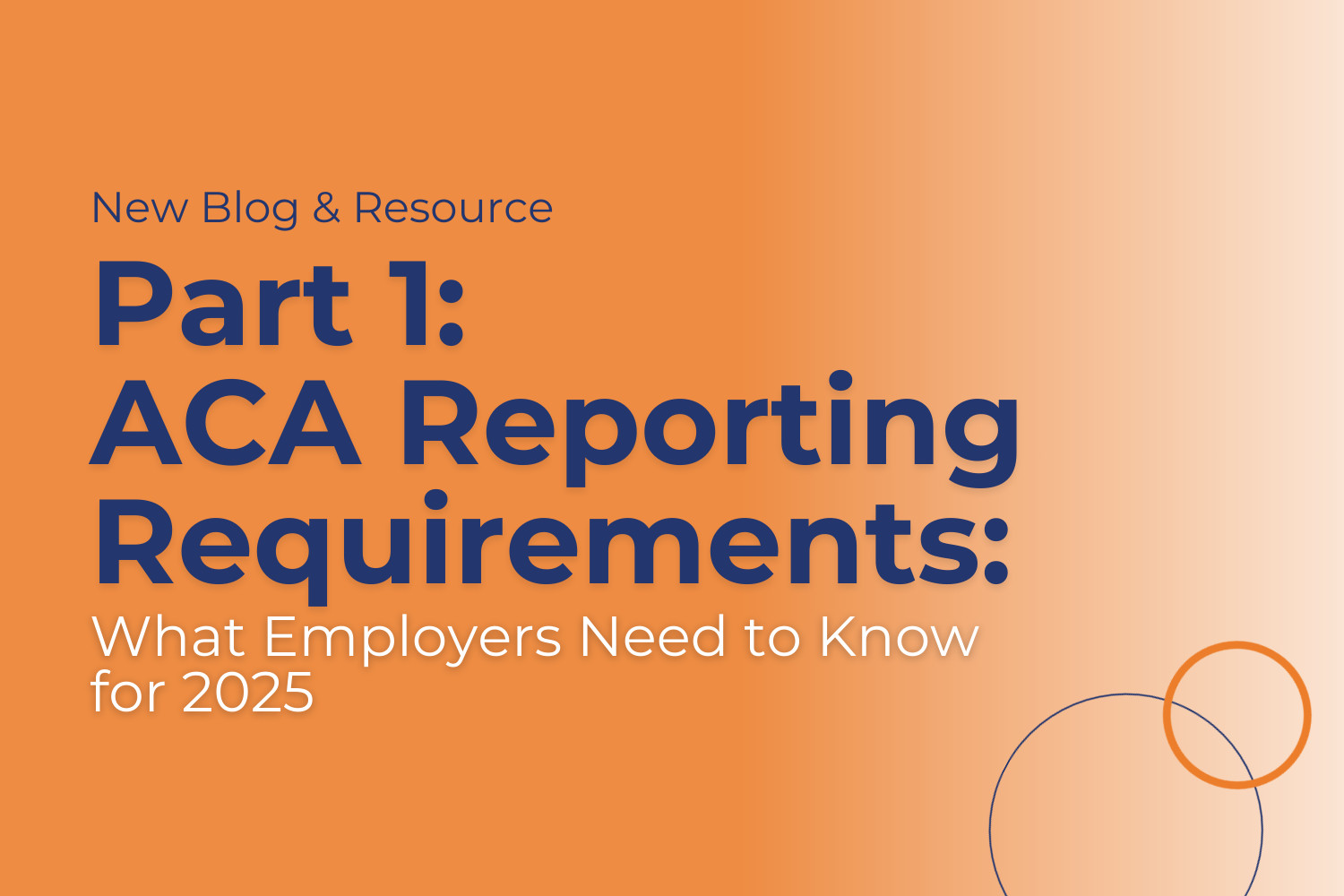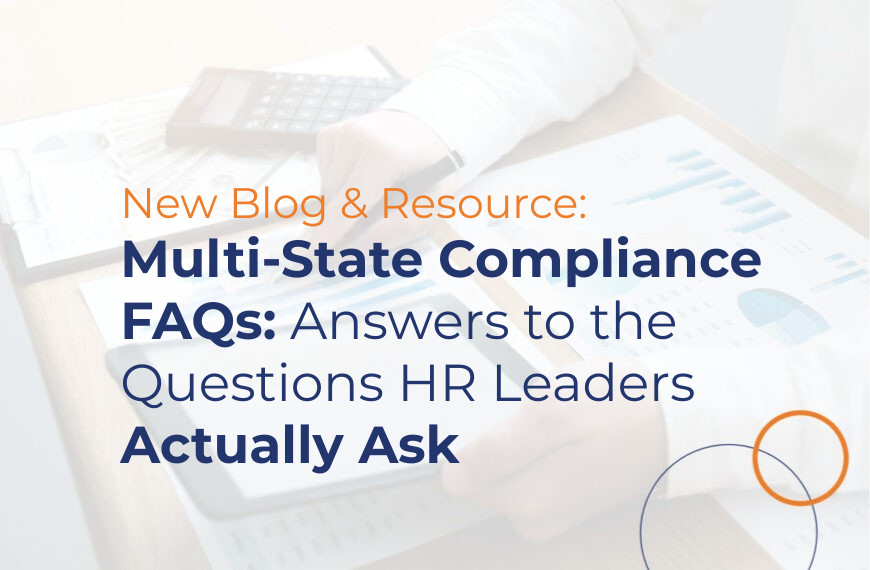What is Quiet Quitting? 10 Things Employers Need to Know
May 23th, 2024

Over the past few years, employers across all industries face new work environment challenges. In addition to The Great Resignation, employers are now dealing with “quiet quitting.” Quiet quitters often enact something more time-worn than a recent social media term. Employees who quiet quit are setting boundaries for improved work-life balance, refusing to take on additional work, and often completing just the bare minimum job duties.
When people define the term quiet quitting, they often point to a few conditions that have catalyzed it: Burnout from the pandemic and working remotely (often without healthy boundaries), unbalanced workloads, disconnection from the team, and general hustle culture fatigue. MP’s human resources team shares 10 best practices managers should use to prevent and remedy quitting.
10 Best Practices for Preventing and Reducing Quiet Quitting
1. Avoid assigning weekend work or calling after typical work hours.
Refreshed, motivated employees need time off every week to recharge. Whenever possible, managers should hold calls until the workweek and use email options (like delayed delivery) to send a message later (I.e., during typical work hours). Additionally, sending weekend or after-hours work assignments may also break employees’ trust with managers. Employees expect to work during certain hours and days of the week. When managers require employees to complete unexpected assignments during off hours, it may damage trust.
2. Set up regular check-ins with employees.
Employees are less likely to quiet quit if they feel respected and connected to their managers. Short weekly or bi-weekly check-ins will go far in preventing quiet quitting. Managers should allow some time for small talk during this check-in, asking the employee about their life outside of work to help strengthen the relationship between the employee and manager.
3. Reduce meetings in number and length.
Excessive meetings, or meetings that drag on for too long, are often detrimental to work-life balance. Numerous meetings make it challenging for employees to meet goals and leave work on time—or to surpass expectations. Managers should eliminate unnecessary meetings and ensure they’re used for strategy (not solely status checks, which could be collected via email, calls, etc.). Most meetings shouldn’t be longer than 30 minutes.
4. Assess whether “fun” and teambuilding activities are appropriate.
If employees are already burnt out from work, this activity only adds to their exhaustion. Encroaching on employees’ free time could be more detrimental and inspire more quiet quitting. One strategy to boost employee engagement is to offer a free PTO day for mental health or a random early release from work. Giving employees time to rest and recharge will help them come to work ready to give more than the bare minimum.
5. Set measurable goals and conduct performance reviews.
Another strategy to prevent and address quiet quitting is to set and track goals for employees carefully. Employers should use performance software, like MP’s. Performance software allows employers to transparently track employees’ progress.
6. Utilize talent management software to improve employee engagement.
Organizations should consider using talent management software, like MP’s, to prevent quiet quitting. This software gives employers a pulse on employee engagement through anonymous (and named) surveys. It also offers message boards and chat features to help employees connect with each other and managers. Often, employees impact each other when they turn in subpar performances or perform at a higher level to support each other.
7. Praise high-performing employees in public.
Employers will discourage quiet quitting when they publicly reward employees who meet and exceed expectations. Seeing other employees publicly praised can inspire improved performance. Organizations should use talent management software, like MP’s, to recognize employees who surpass goals. They can post messages on chat forums or intranets. Management can also create formal awards (with monetary or other prizes) to recognize high-achieving employees. Employers should not recognize the same star players, but also the “unsung heroes.”
8. Ensure compensation is competitive.
Quiet quitting often occurs when employees don’t feel fairly compensated. Employers should work with HR experts, like the ones at MP, to review their compensation practices. If it’s not feasible to raise compensation via salary, employers could consider bonuses, perks, or enhanced benefits. HR experts also help companies find ways to ensure they address compensation changes in a compliant manner, meeting state and federal regulations and reducing risk of discrimination claims.
9. Document subpar performance.
If employees quietly quit and fail to meet expectations, it’s vital to document what’s occurring. Employers should use talent management software, like MP’s, to document instances when employees fail to complete job duties. Employers taking disciplinary action will need documentation of business reasons to reduce legal risk or the appearance of discrimination.
10. Take measures to terminate quiet quitters when necessary.
When quiet quitting becomes a burden to the company, other employees, and business goals, termination is a last resort. To reduce the risk of wrongful termination suits or the appearance of discrimination, an organization needs documentation of prior offenses and violations. Additionally, an employer should always give employees a written and verbal warning before termination. Another crucial step is consulting an employment lawyer to advise on reducing legal risk.
Make sure to subscribe to MP’s blog and stay on top of the most up-to-date news and trends in the business realm.
Recent Posts
- Part 1 – ACA Reporting Requirements Made Simple: What Employers Need to Know for 2025
- Multi-State Compliance FAQs: Answers to the Questions HR Leaders Actually Ask
- Why Generic HR Systems Fail Professional Services — And What to Do Instead
- Part 3 – How to Build a Scalable Multi-State Compliance Strategy That Actually Works
- Part 2 – 5 Compliance Blind Spots That Could Cost You Big in 2025
Categories
- ACA (10)
- AI (6)
- BizFeed (6)
- Business Strategy (120)
- COBRA (5)
- Compliance (251)
- COVID-19 (92)
- Diversity (12)
- eBooks (19)
- Employee Engagement (33)
- Employee Handbooks (24)
- ERTC (29)
- FFCRA (7)
- HR (312)
- MP Insider (13)
- Payroll (171)
- PFML (9)
- PPP (24)
- PTO (5)
- Recruiting (54)
- Remote Work (39)
- Return to Work (32)
- Unemployment (1)
- Wellness (22)
Archives
- December 2025
- November 2025
- October 2025
- September 2025
- August 2025
- July 2025
- June 2025
- May 2025
- April 2025
- March 2025
- February 2025
- January 2025
- December 2024
- November 2024
- October 2024
- September 2024
- August 2024
- July 2024
- June 2024
- May 2024
- April 2024
- March 2024
- February 2024
- January 2024
- December 2023
- November 2023
- October 2023
- July 2023
- June 2023
- May 2023
- April 2023
- March 2023
- January 2023
- December 2022
- October 2022
- September 2022
- August 2022
- July 2022
- June 2022
- May 2022
- April 2022
- March 2022
- February 2022
- January 2022
- December 2021
- November 2021
- October 2021
- September 2021
- August 2021
- July 2021
- June 2021
- May 2021
- April 2021
- March 2021
- February 2021
- January 2021
- December 2020
- November 2020
- October 2020
- September 2020
- August 2020
- July 2020
- June 2020
- May 2020
- April 2020
- March 2020



